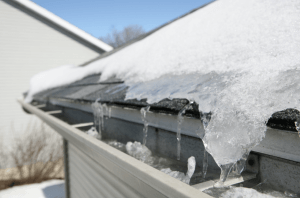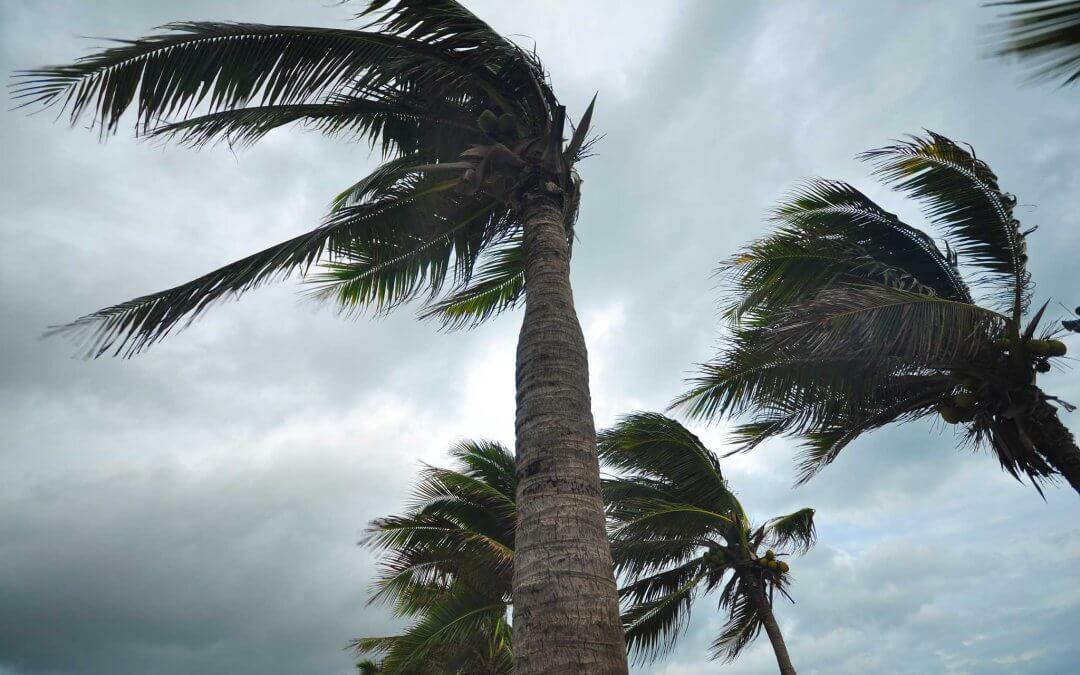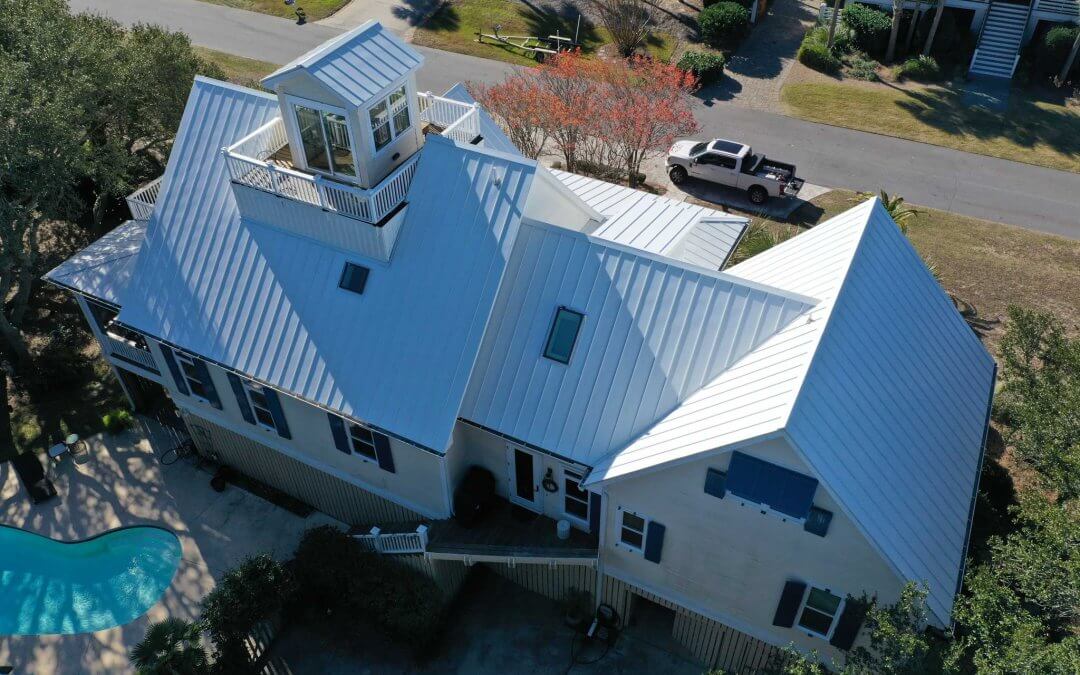How “winter weight” can impact your roof
Unless you live in the southern parts of Florida, Texas, Arizona, or California, chances are that if you are a resident of the continental United States, you will at some point be the owner of a roof that plays host to ice and snow. Even if you live in an area with a fairly tropical climate like South Carolina, the thermometer does tend to plunge below freezing on some nights in the winter- and your best bet in terms of dealing with such occurrences is being prepared in advance. And the first step to being prepared is knowing what to expect.

The “winter weight”
Whenever precipitation of any kind falls onto your roof, there’s an additional amount of pressure on it. This added pressure, dubbed “winter weight” can cause all sorts of problems.
When rain falls onto your roof, the water soaks up in your shingles and becomes heavier. Luckily, most of it will either evaporate or roll off your roof quickly enough so that no real issue comes of it.
But if the temperature is cold enough that the rain freezes instead of evaporating, or if it falls from the sky in a frozen state (either snow or sleet), your roof now has an extra amount of weight pushing down on it that it doesn’t normally have. Not only do ice and snow not roll-off or quickly evaporate, but these frozen types of water are much heavier than water in their liquid state.
Every roof is different, meaning that the amount of winter weight required to cause problems is different for each roof. (hyperlink: https://shadowedmare.com/factors-that-affect-a-roofs-winter-weight-tolerance/) If enough snow or ice accumulates on top of your roof and sits there for a long enough period of time, that winter weight could lead to leaks, cracked rafters, and water damage inside your house. Eventually, the ultimate form of damage could ensue- a complete collapse of your roof. On top of that, the winter weight could damage your gutters, too. A heavy sheet of ice can dislodge the gutters from your roof and cause them to crack or break.
So: how can you avoid the winter weight problems?
If the thought of severe roof damage due to ice and snow sounds frightening, don’t worry. There are things you can do to reduce the likelihood of your roof suffering such damage from winter weight. Essentially, like brushing your teeth or cutting your fingernails, it just requires constant care.
For starters, regular roof inspections are a great way to keep your roof in top shape for the winter. Most people are able to clean their gutters themselves, but professional roofers can detect and address any potential problem areas ahead of time, such as replacing worn-out shingles. The more regularly you have your roof inspected by people who inspect roofs for a living, the smaller the chances are of one day waking up to a massive leak in your roof.
If you can have a choice, try to have your roof inspected at some point in the month of November. That way, any problem areas on your roof can be fixed, and thus be brand new and the strongest they’ll ever be, right before the threat of winter weight begins.



